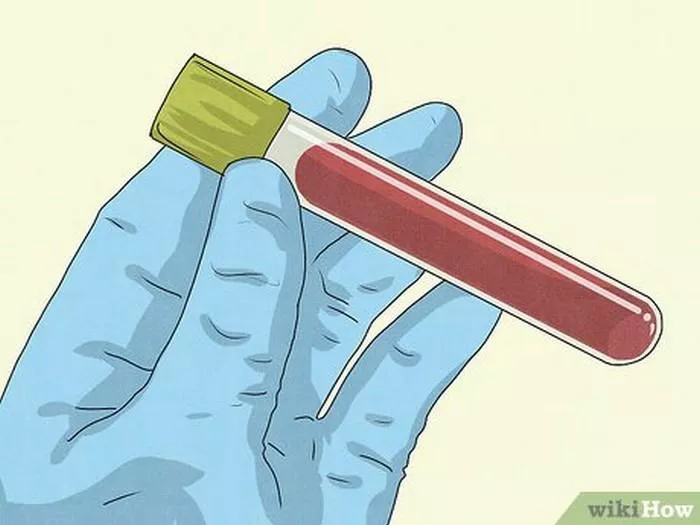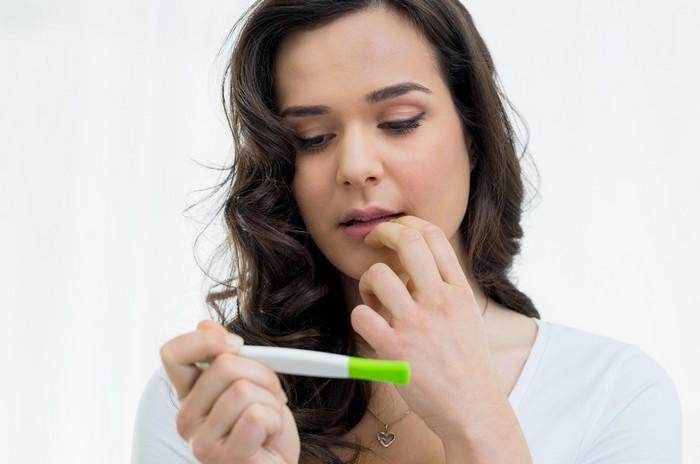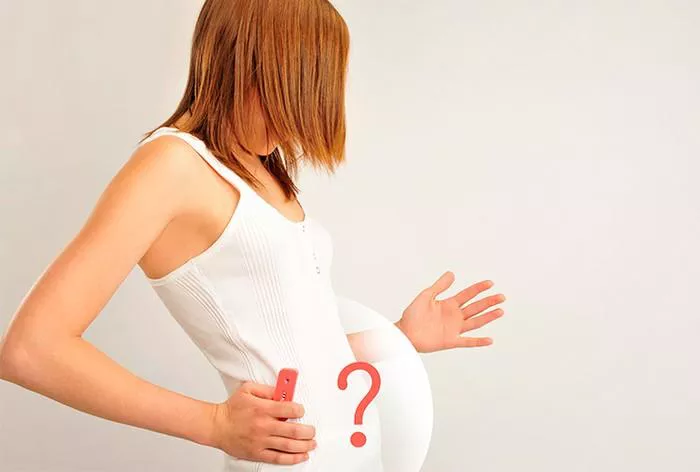For couples embarking on the exciting journey of trying to conceive, the question of timing looms large. While the desire for a baby may be strong, pinpointing the “perfect” time to get pregnant can feel like deciphering a complex code.
The truth is, there’s no single, universal answer. The ideal time to conceive depends on a variety of factors, including your individual health, lifestyle, and reproductive cycles. However, understanding the biological realities of conception and the factors that influence fertility can help you navigate this journey with greater confidence and optimize your chances of success.
Understanding the Fertile Window: A Key to Conception
Imagine the process of conception as a delicate dance between the sperm and the egg. The egg, released during ovulation, has a limited lifespan of about 12-24 hours. Sperm, on the other hand, can survive in the female reproductive tract for up to five days.
This means that the “fertile window” – the timeframe during which pregnancy is possible – is relatively narrow. It typically spans the five days leading up to ovulation and the day of ovulation itself. Having sex during this crucial window significantly increases the chances of sperm meeting the egg and achieving fertilization.
Identifying Ovulation: Your Body’s Signals
Knowing when you ovulate is key to optimizing your chances of getting pregnant. While ovulation typically occurs around day 14 of a 28-day menstrual cycle, it can vary significantly from woman to woman and even from month to month.
Fortunately, your body provides subtle clues that can help you identify your fertile window:
Changes in cervical mucus: As ovulation approaches, the cervical mucus becomes thinner, clearer, and more slippery, resembling the consistency of raw egg whites. This change facilitates sperm movement and survival.
Increase in basal body temperature: Your basal body temperature (BBT) – your temperature at rest – rises slightly after ovulation. Tracking your BBT over several months can help you identify your ovulation pattern.
Ovulation predictor kits: These over-the-counter kits detect the surge in luteinizing hormone (LH) that occurs before ovulation. A positive result indicates that ovulation is likely to occur within the next 24-36 hours.
Beyond Biology: Other Factors to Consider
While understanding your fertile window and ovulation patterns is crucial, other factors can influence the “perfect” time to get pregnant:
Overall health and well-being: Both partners should be in optimal health before trying to conceive. This includes maintaining a healthy weight, eating a balanced diet, exercising regularly, and managing stress.
Lifestyle factors: Smoking, excessive alcohol consumption, and drug use can negatively impact fertility in both men and women. Addressing these factors before conception is important.
Financial and emotional readiness: Bringing a child into the world is a significant commitment. Ensuring financial stability and emotional preparedness can contribute to a more positive pregnancy experience.
Age: A woman’s fertility naturally declines with age, especially in her late 30s and 40s. If you’re over 35 and haven’t conceived after six months of trying, it’s advisable to consult a fertility specialist.
The Bottom Line: A Personalized Approach
While there’s no single “perfect” time to get pregnant, understanding your body’s signals, optimizing your health, and considering other relevant factors can help you make informed decisions and increase your chances of success.
Remember:
Every couple is unique, and the journey to parenthood can be unpredictable. If you have any concerns or questions, don’t hesitate to consult with your healthcare provider. They can provide personalized guidance and support, helping you navigate this exciting and sometimes challenging journey.
























